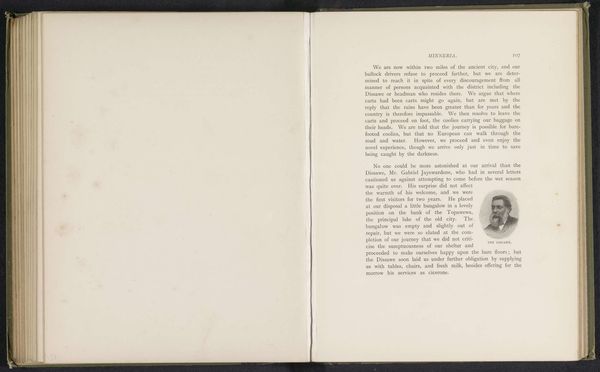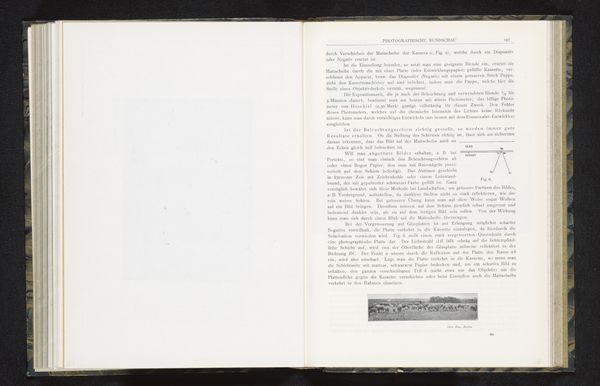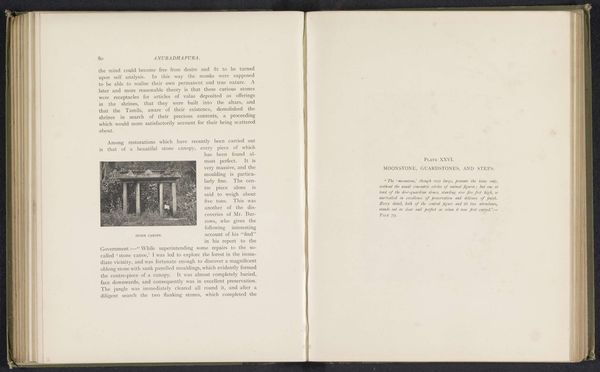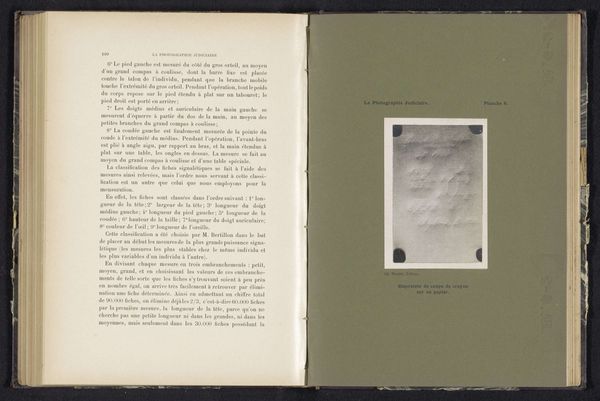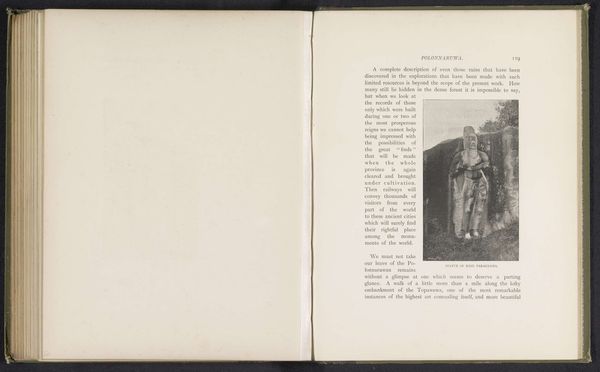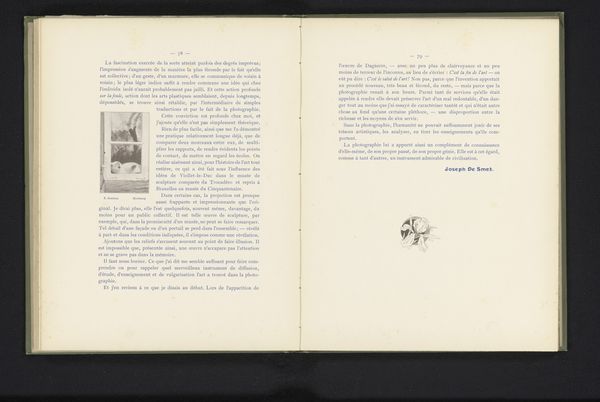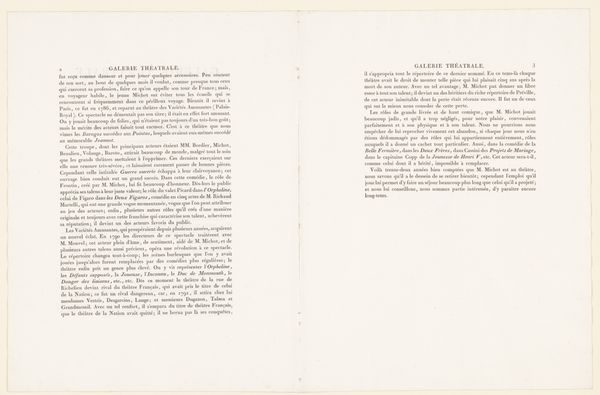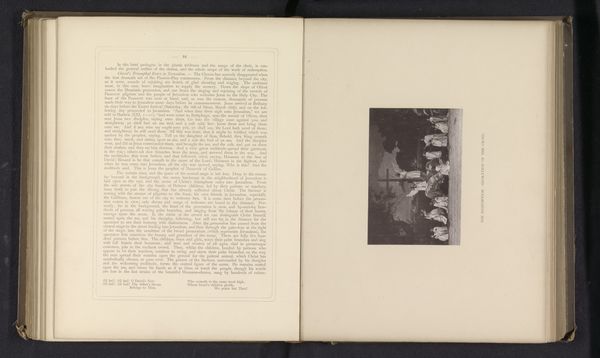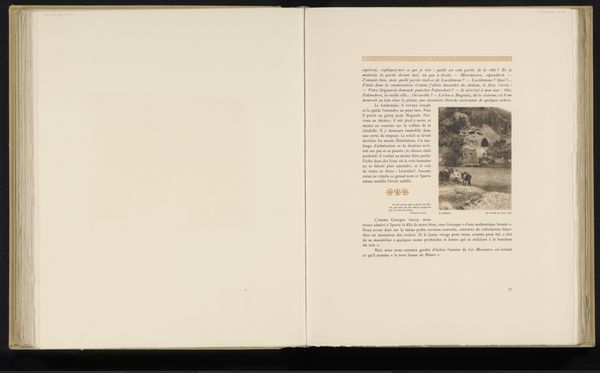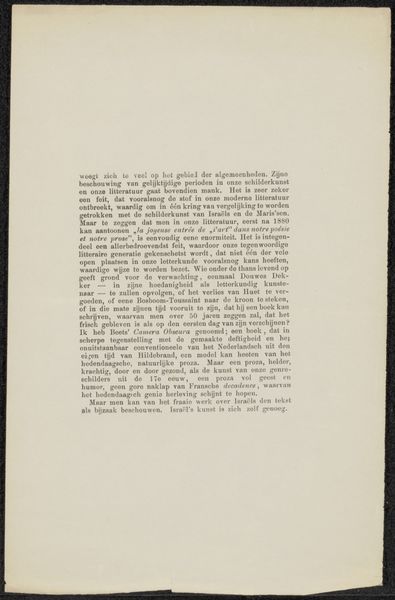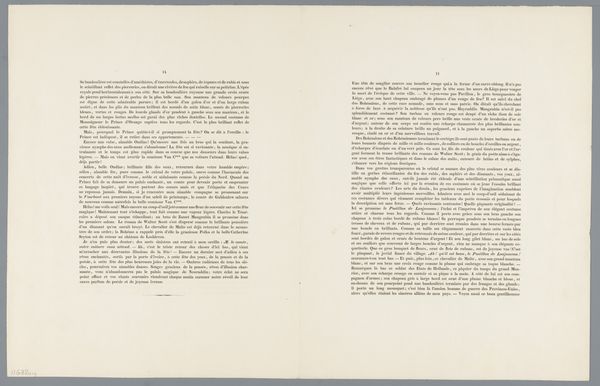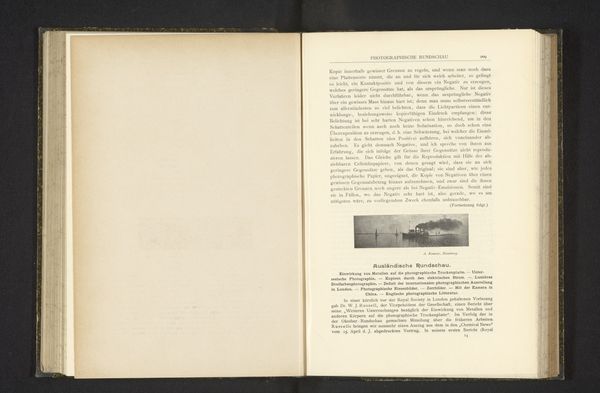
print, paper, photography
# print
#
paper
#
text
#
photography
#
history-painting
Dimensions: height 38 mm, width 51 mm
Copyright: Rijks Museum: Open Domain
This is “Yogi-steen,” a photograph by Henry William Cave, captured at an unknown date using a photographic process of the time. Cave, who lived from 1854 to 1913, was documenting the ruins of Anuradhapura. These "Yogi" stones, as they were called, were thought to have been used by monks for meditation. Cave’s photograph invites us to consider the colonial gaze inherent in the act of documentation. As a Western photographer in Ceylon, now Sri Lanka, Cave’s work was shaped by the power dynamics of the British Empire. His lens captured not just the physical remains of an ancient culture, but also a perspective tinged with imperial ideology. These stones, riddled with square-cut holes, were meant to assist in meditation. By gazing intently at the holes, monks could purportedly achieve a state of emptiness, free from distraction. Cave’s photograph may serve as a study of the method and the material culture of religious practice, but what does it conceal about the erasure of local narratives and the imposition of a Western framework?
Comments
No comments
Be the first to comment and join the conversation on the ultimate creative platform.
